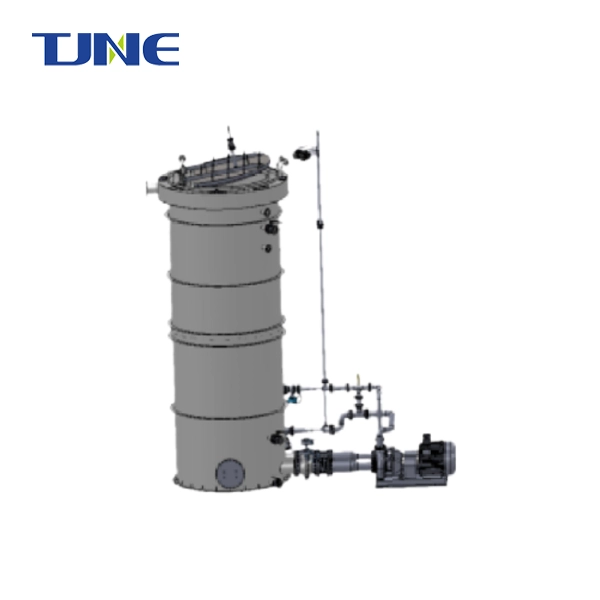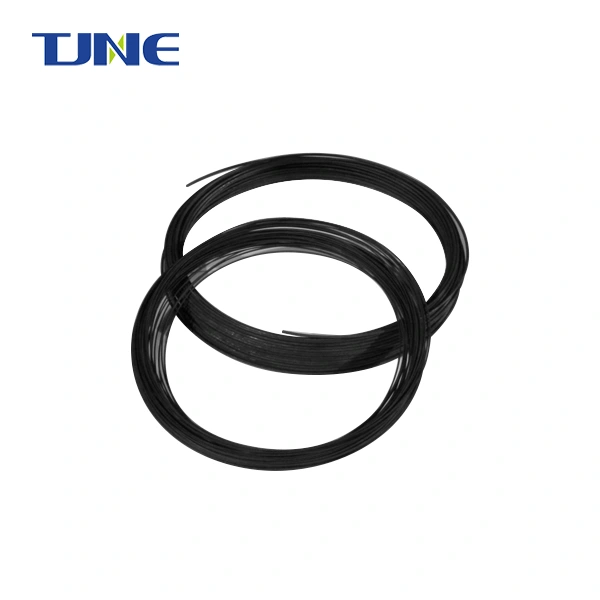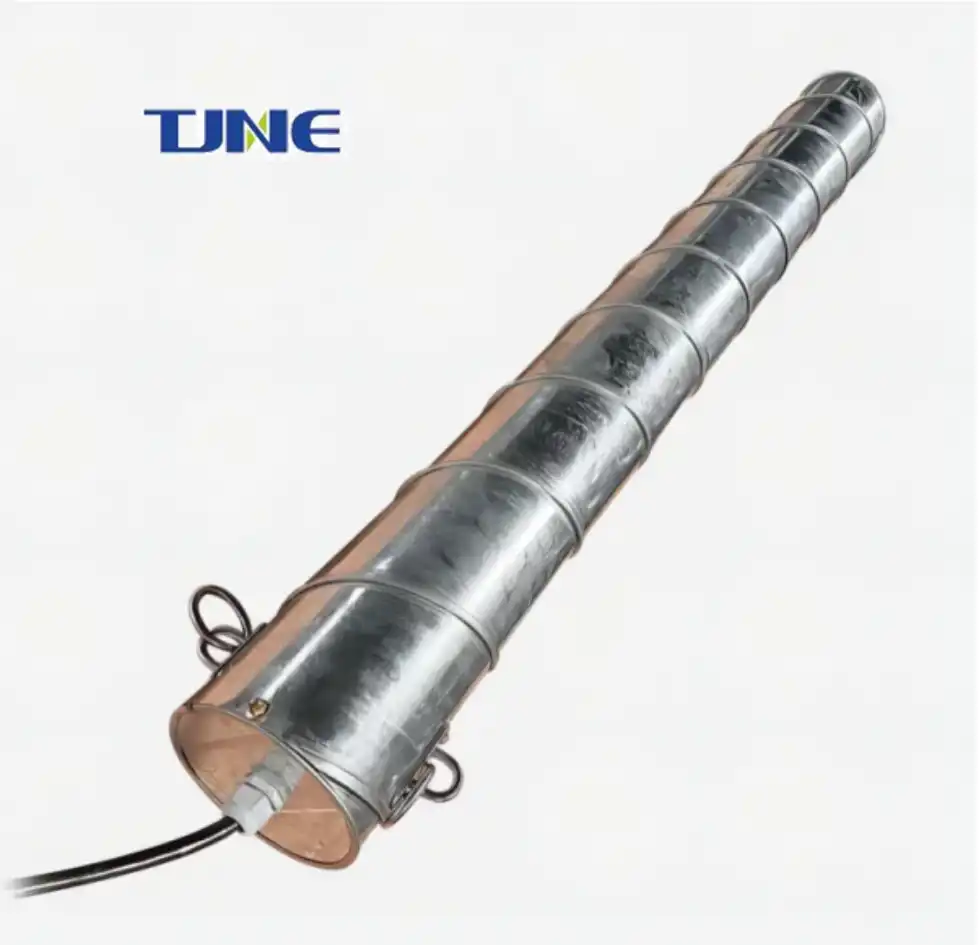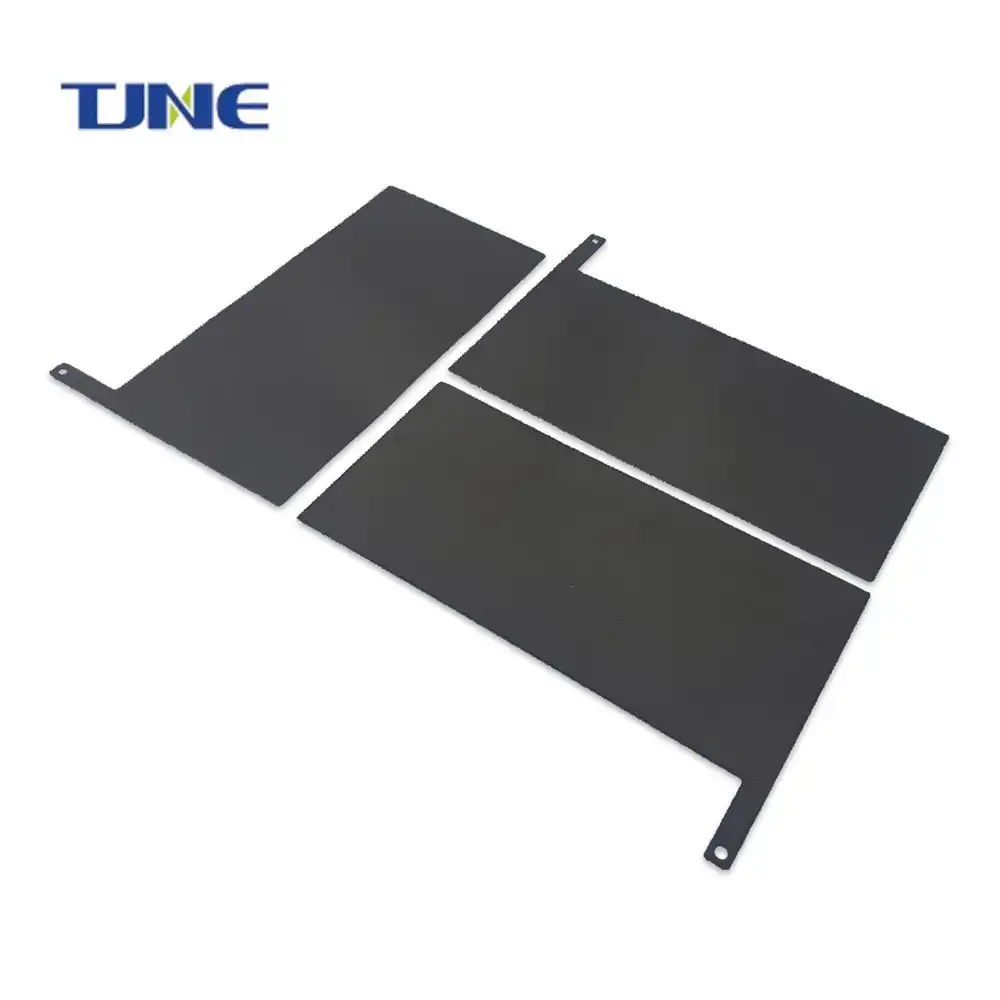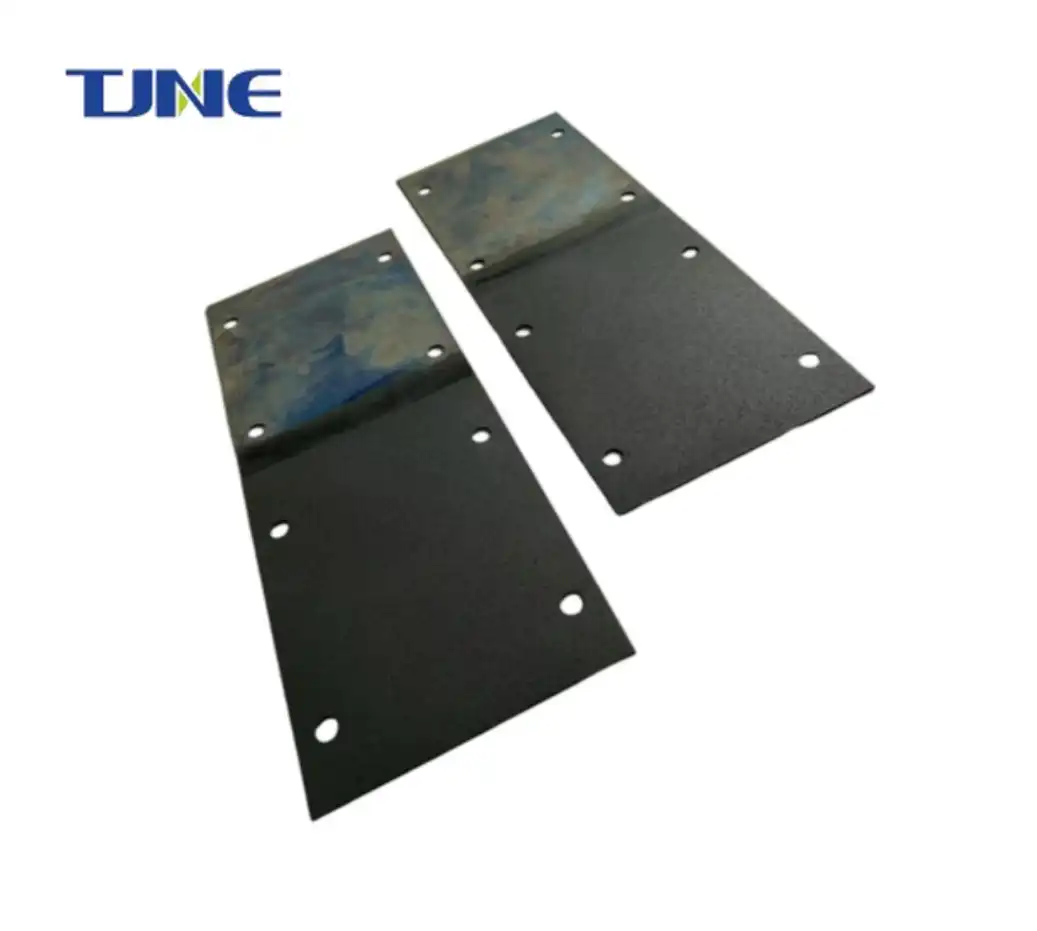- English
- French
- German
- Portuguese
- Spanish
- Russian
- Japanese
- Korean
- Arabic
- Greek
- German
- Turkish
- Italian
- Danish
- Romanian
- Indonesian
- Czech
- Afrikaans
- Swedish
- Polish
- Basque
- Catalan
- Esperanto
- Hindi
- Lao
- Albanian
- Amharic
- Armenian
- Azerbaijani
- Belarusian
- Bengali
- Bosnian
- Bulgarian
- Cebuano
- Chichewa
- Corsican
- Croatian
- Dutch
- Estonian
- Filipino
- Finnish
- Frisian
- Galician
- Georgian
- Gujarati
- Haitian
- Hausa
- Hawaiian
- Hebrew
- Hmong
- Hungarian
- Icelandic
- Igbo
- Javanese
- Kannada
- Kazakh
- Khmer
- Kurdish
- Kyrgyz
- Latin
- Latvian
- Lithuanian
- Luxembou..
- Macedonian
- Malagasy
- Malay
- Malayalam
- Maltese
- Maori
- Marathi
- Mongolian
- Burmese
- Nepali
- Norwegian
- Pashto
- Persian
- Punjabi
- Serbian
- Sesotho
- Sinhala
- Slovak
- Slovenian
- Somali
- Samoan
- Scots Gaelic
- Shona
- Sindhi
- Sundanese
- Swahili
- Tajik
- Tamil
- Telugu
- Thai
- Ukrainian
- Urdu
- Uzbek
- Vietnamese
- Welsh
- Xhosa
- Yiddish
- Yoruba
- Zulu
What are the Benefits of Using Titanium Electrodes in the Electroplating Process for Nickel-Cobalt Alloys?
Electroplating is a crucial process in various industries, from electronics to aerospace. When it comes to nickel-cobalt alloys, the choice of electrode material plays a significant role in determining the quality and efficiency of the electrodeposition process. Titanium electrodes have emerged as a popular choice due to their unique properties and advantages. This blog post explores the benefits of using titanium electrodes in the electroplating process for nickel-cobalt alloys, addressing key questions and providing insights into this innovative approach.
How does titanium electrode composition affect nickel-cobalt alloy deposition?
The composition of titanium electrodes plays a crucial role in the electrodeposition of nickel-cobalt alloys. Titanium, known for its excellent corrosion resistance and high strength-to-weight ratio, offers several advantages as an electrode material in this process.
Firstly, the purity of the titanium electrode is essential. High-purity titanium electrodes (Grade 1 or 2) are often preferred due to their minimal content of impurities. This purity ensures that no unwanted elements are introduced into the electroplating bath, maintaining the integrity of the nickel-cobalt alloy composition.
The surface structure of titanium electrodes also influences the deposition process. Titanium electrodes can be manufactured with various surface treatments, such as etching or coating, to enhance their performance. For instance, platinum-coated titanium electrodes (often referred to as dimensionally stable anodes or DSAs) combine the structural benefits of titanium with the excellent catalytic properties of platinum. This combination results in improved current distribution and reduced overpotential, leading to more uniform and efficient nickel-cobalt alloy deposition.
Moreover, the crystalline structure of titanium can affect the nucleation and growth of nickel-cobalt deposits. The hexagonal close-packed (HCP) structure of titanium provides a stable substrate for the initial stages of alloy deposition. This structural compatibility can promote better adhesion and more uniform growth of the nickel-cobalt layer.
The thermal and electrical properties of titanium electrodes also contribute to the deposition process. Titanium's relatively low thermal conductivity helps maintain a stable temperature at the electrode-electrolyte interface, which is crucial for consistent alloy composition. Its electrical conductivity, while not as high as some other metals, is sufficient for efficient charge transfer in the electroplating process.
Additionally, the oxide layer that naturally forms on titanium surfaces (TiO2) can be advantageous in certain electroplating conditions. This thin, passive layer can help prevent unwanted side reactions and protect the electrode from degradation, extending its lifespan and maintaining consistent performance over time.
The use of titanium electrodes also allows for the implementation of pulse plating techniques. The high dimensional stability of titanium electrodes makes them suitable for precise control of current pulses, enabling fine-tuning of the nickel-cobalt alloy composition and microstructure.
In summary, the composition of titanium electrodes, including their purity, surface treatment, crystalline structure, and inherent properties, significantly influences the nickel-cobalt alloy deposition process. By carefully selecting and optimizing titanium electrode composition, electroplaters can achieve superior control over alloy composition, deposit morphology, and overall plating quality.
What are the durability advantages of titanium electrodes in nickel-cobalt electroplating?
The durability of electrodes is a critical factor in the efficiency and cost-effectiveness of any electroplating process. Titanium electrodes offer significant durability advantages in nickel-cobalt electroplating, making them an attractive choice for industrial applications.
One of the primary durability advantages of titanium electrodes is their exceptional corrosion resistance. Nickel-cobalt electroplating baths typically contain aggressive chemicals and operate at elevated temperatures, creating a harsh environment for electrodes. Titanium's natural ability to form a passive oxide layer (TiO2) provides excellent protection against chemical attack. This oxide layer quickly reforms if damaged, ensuring continuous protection throughout the electrode's life. As a result, titanium electrodes can withstand prolonged exposure to corrosive electrolytes without significant degradation, leading to extended operational lifetimes compared to many other electrode materials.
The mechanical strength of titanium also contributes to its durability in electroplating applications. Titanium has a high strength-to-weight ratio, allowing for the construction of robust electrodes that can withstand the physical stresses of industrial electroplating processes. This includes resistance to warping or bending under thermal cycling and mechanical handling, maintaining the electrode's shape and performance over time.
Titanium electrodes also exhibit excellent dimensional stability. Unlike some other electrode materials that may expand, contract, or deform under varying electroplating conditions, titanium maintains its shape and dimensions. This stability is crucial for maintaining consistent current distribution and deposit uniformity over extended periods, ensuring reproducible results in nickel-cobalt alloy production.
The wear resistance of titanium electrodes is another significant durability advantage. In electroplating processes, electrodes are subject to gradual erosion due to the constant flow of ions and occasional physical contact with other components. Titanium's hardness and wear resistance help minimize this erosion, maintaining the electrode's surface integrity and performance characteristics for longer periods.
Temperature stability is another factor contributing to the durability of titanium electrodes. Nickel-cobalt electroplating often occurs at elevated temperatures, and thermal cycling can be detrimental to many electrode materials. Titanium's low coefficient of thermal expansion and good heat resistance allow it to maintain its structural integrity across a wide range of operating temperatures, reducing the risk of thermal stress-induced failures.
The use of titanium as a substrate for coated electrodes, such as platinum-coated titanium anodes, combines the durability of titanium with the electrochemical advantages of noble metal coatings. These composite electrodes offer extended lifetimes compared to solid noble metal electrodes, as the titanium substrate provides mechanical support and corrosion resistance, while the thin noble metal coating delivers the desired electrochemical performance.
Titanium electrodes also demonstrate resilience to hydrogen embrittlement, a common issue in electroplating processes where hydrogen can be generated as a byproduct. This resistance helps prevent the degradation of mechanical properties that can occur in some other electrode materials due to hydrogen absorption.
The long-term cost-effectiveness of titanium electrodes is a direct result of their durability. While the initial investment in titanium electrodes may be higher than some alternatives, their extended operational life and reduced need for replacement translate to lower overall costs in the long run. This durability also minimizes production downtime associated with electrode replacement or maintenance, contributing to improved process efficiency and productivity.
In conclusion, the durability advantages of titanium electrodes in nickel-cobalt electroplating are multifaceted. From corrosion resistance and mechanical strength to dimensional stability and wear resistance, titanium electrodes offer a combination of properties that ensure long-lasting performance in challenging electroplating environments. These durability benefits not only contribute to consistent and high-quality nickel-cobalt alloy production but also provide significant economic advantages in industrial-scale operations.
How does titanium electrode design impact the efficiency of nickel-cobalt alloy electrodeposition?
The design of titanium electrodes plays a crucial role in determining the efficiency and quality of nickel-cobalt alloy electrodeposition. Various aspects of electrode design, including geometry, surface area, and structural features, can significantly impact the electroplating process and the resulting alloy properties.
Electrode geometry is a fundamental design consideration that affects current distribution and mass transfer in the electroplating cell. Titanium electrodes can be fabricated in various shapes, such as flat plates, cylinders, or more complex geometries tailored to specific applications. The choice of geometry influences the uniformity of the electric field distribution across the substrate surface. For example, curved or shaped titanium electrodes can be designed to provide more uniform current distribution on complex-shaped substrates, ensuring consistent nickel-cobalt alloy deposition across all areas.
Surface area is another critical design parameter. Titanium electrodes can be engineered with increased surface area through methods such as mesh designs, perforations, or the addition of fins or protrusions. A larger surface area promotes better mass transfer between the electrode and the electrolyte, facilitating more efficient ion exchange. This enhanced mass transfer can lead to higher deposition rates and improved current efficiency in the nickel-cobalt electroplating process.
The incorporation of flow-through designs in titanium electrodes can significantly impact efficiency. Perforated or mesh-style titanium electrodes allow for electrolyte flow through the electrode structure. This design promotes better circulation of the plating solution, reducing concentration gradients near the electrode surface and enhancing mass transfer. Improved electrolyte circulation also helps maintain a more consistent ion concentration throughout the bath, contributing to more uniform alloy composition and thickness.
Surface texturing of titanium electrodes is another design aspect that can enhance electrodeposition efficiency. Controlled surface roughness or patterns can increase the effective surface area and create localized variations in current density. These features can promote nucleation sites for nickel-cobalt alloy deposition, potentially leading to finer grain structures and improved deposit properties. However, the degree of surface texturing must be carefully optimized, as excessive roughness can lead to non-uniform deposits.
The edge design of titanium electrodes is crucial in managing current density distribution. Sharp edges can lead to localized high current densities, resulting in non-uniform deposition or even burning of the deposit. Titanium electrodes can be designed with rounded or tapered edges to mitigate these effects, promoting more uniform current distribution and consistent nickel-cobalt alloy deposition across the substrate.
Modular or segmented titanium electrode designs offer flexibility in managing current distribution for large or complex substrates. By dividing the electrode into separate sections, each with independent current control, it becomes possible to fine-tune the deposition process across different areas of the substrate. This approach is particularly valuable when plating substrates with varying geometries or when seeking to achieve specific alloy compositions in different regions.
The integration of cooling channels within titanium electrodes is a design feature that can enhance process efficiency and stability. Temperature control is critical in nickel-cobalt alloy electrodeposition, as it affects reaction kinetics and deposit properties. Internal cooling channels allow for better temperature management, especially in high-current density applications, ensuring consistent plating conditions and alloy composition.
Advanced titanium electrode designs may incorporate sensors or monitoring capabilities. For instance, reference electrodes can be integrated into the titanium electrode structure to provide real-time monitoring of electrode potential. This information can be used for precise process control, allowing for dynamic adjustments to maintain optimal plating conditions and alloy composition.
The use of composite or coated titanium electrode designs can combine the structural benefits of titanium with enhanced electrochemical properties. For example, titanium electrodes coated with platinum group metals or metal oxides can provide improved catalytic activity and reduced overpotential, leading to more efficient nickel-cobalt alloy deposition.
In conclusion, the design of titanium electrodes significantly impacts the efficiency of nickel-cobalt alloy electrodeposition through various mechanisms. By optimizing geometry, surface area, flow characteristics, and other design features, it is possible to enhance current distribution, mass transfer, and overall process efficiency. These design considerations not only contribute to improved deposition rates and current efficiency but also play a crucial role in determining the quality, uniformity, and properties of the resulting nickel-cobalt alloy deposits. As electroplating technology continues to advance, innovative titanium electrode designs will undoubtedly play a key role in pushing the boundaries of nickel-cobalt alloy production efficiency and quality.
Conclusion
The use of titanium electrodes in the electroplating process for nickel-cobalt alloys offers numerous benefits that significantly enhance the efficiency, quality, and reliability of the deposition process. From the impact of electrode composition on alloy deposition to the durability advantages and the influence of electrode design on process efficiency, titanium electrodes provide a versatile and high-performance solution for industrial electroplating applications. As research continues and technology advances, we can expect further innovations in titanium electrode technology, potentially unlocking even greater benefits for nickel-cobalt alloy production and other electroplating processes.
If you are interested in the products of Xi'an Taijin New Energy Technology Co., Ltd., please contact yangbo@tjanode.com.
References:
1. Walsh, F. C., & Ponce de León, C. (2018). Progress in electrochemical flow reactors for laboratory and pilot scale processing. Electrochimica Acta, 280, 121-148.
2. Xiao, W., & Wang, D. (2019). The electrochemical reduction of carbon dioxide for formic acid production: A review. Chemical Engineering Journal, 365, 360-375.
3. Low, C. T. J., Wills, R. G. A., & Walsh, F. C. (2006). Electrodeposition of composite coatings containing nanoparticles in a metal deposit. Surface and Coatings Technology, 201(1-2), 371-383.
4. Santana, R. A. C., Campos, A. R. N., Medeiros, E. A., Oliveira, A. L. M., Silva, L. M. F., & Prasad, S. (2007). Studies on electrodeposition and corrosion behavior of a Ni–W–Co amorphous alloy. Journal of Materials Science, 42(22), 9137-9144.
5. Zhao, C., & Van Hoolst, J. (2018). Electrodeposition of Nanostructured Metals, Alloys, and Metal Oxides for Energy Applications. ChemElectroChem, 5(12), 1471-1487.
6. Dutta, A., Ouyang, J., & Karan, N. K. (2020). Recent advances in electrode materials for electrochemical energy storage. Journal of Materials Chemistry A, 8(31), 15591-15641.
7. Schlesinger, M., & Paunovic, M. (Eds.). (2011). Modern electroplating (Vol. 55). John Wiley & Sons.
8. Gamburg, Y. D., & Zangari, G. (2011). Theory and practice of metal electrodeposition. Springer Science & Business Media.
9. Paunovic, M., Schlesinger, M., & Snyder, D. D. (2010). Fundamental considerations. Modern Electroplating, 1-32.
10. Walsh, F. C., & Herron, M. E. (1991). Electrocrystallization and electrochemical control of crystal growth: fundamental considerations and electrodeposition of metals. Journal of Physics D: Applied Physics, 24(2), 217.






Electrolyzers.webp)
